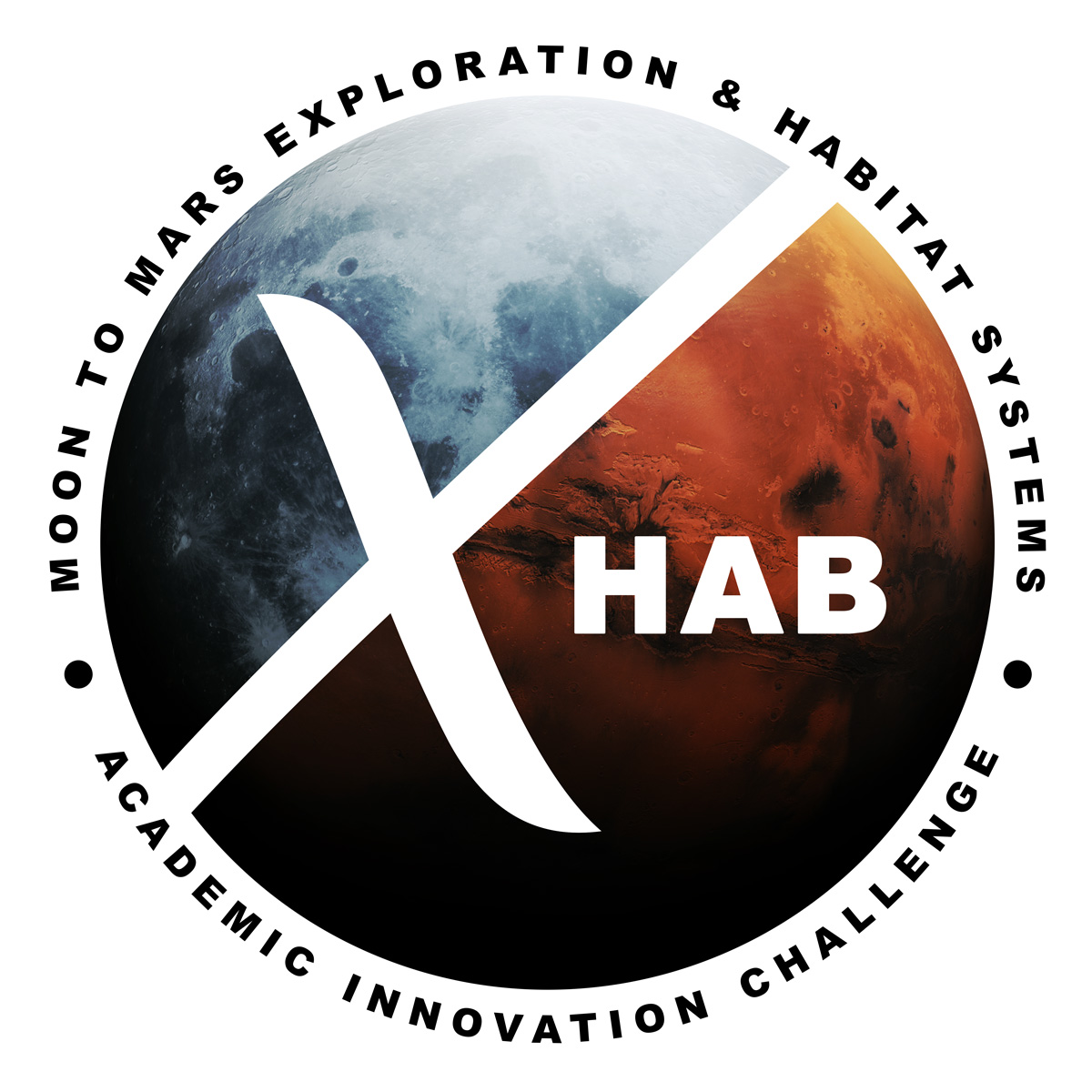NASA, in collaboration with the National Space Grant Foundation, is seeking university teams to develop innovative design ideas that could assist in the agency’s Moon to Mars exploration objectives.
The 2022 Moon to Mars eXploration Systems and Habitation (M2M X-Hab) Academic Innovation Challenge is an opportunity for NASA to build strategic partnerships and tap into the ingenuity of rising Artemis Generation space explorers. This challenge provides university students interested in aerospace careers hands-on design, research, and development experience, while strengthening NASA’s efforts to develop technologies and capabilities for enable future human missions to the Moon, Mars, and beyond.
NASA’s Advanced Exploration Systems division is offering multiple competitively selected awards, ranging from $15,000 to $50,000, for the development of studies, functional products, and solutions related the NASA’s Moon to Mars space exploration missions. Proposals are due May 23, 2021.
M2M X-Hab 2022 Academic Innovation Challenge encompasses six topic areas:
- Crew Mobility Systems: Systems to enable the crew to conduct “hands-on” surface exploration and in-space operations, including portable life support systems, and extravehicular activity tools.
- Habitation Systems: Habitation systems provide a safe place for astronauts to live and work in space and on planetary surfaces. They enable crews to execute missions safely in deep space, and include integrated life support systems, radiation protection, fire safety, and systems to reduce logistics and the need for resupply missions.
- Vehicle Systems: Vehicle systems include human and robotic exploration vehicles, including advanced in-space propulsion, extensible lander technology, modular power systems, and automated propellant loading on the ground and on planetary surfaces.
- Foundational Systems: Foundational systems provide more efficient mission and ground operations and those that allow for more earth independence. These systems foster autonomous mission operations, in-situ resource utilization, in-space manufacturing, communication technologies, and synthetic biology applications.
- Robotic Precursor Activities: Robotic missions and payloads acquire strategic knowledge about potential destinations for human exploration. They inform systems development, including prospecting for lunar ice, characterizing the Mars surface radiation environment, radar imaging of near-Earth asteroids, instrument development, and research and analysis.
- Human Spaceflight Architecture Systems (Gateway-focused): Gateway establishes a platform to mature necessary short- and long-duration deep space exploration capabilities. It will be assembled in a lunar orbit where it can be used as a staging point for missions to the lunar surface and destinations in deep space, providing a flexible human exploration architecture. Gateway can be evolved for different mission needs (exploration and science, including commercial and international partner utilization). Initial functionality will include several two elements: the Power and Propulsion Element (PPE) and the Habitation and Logistics Outpost (HALO). Additional elements will include expanded habitation capability, an EVA airlock that will also include functions for deploying and retrieving science-related payloads, external robotics system, a module to provide additional refueling capability, as well as observation windows for the crew, utilization, and required logistics element(s).
Previous challenges resulted in products NASA tested and evaluated for use in deep space. The products and technologies developed or produced by university teams for the M2M X-Hab 2022 challenge may be improved upon for next-generation exploration systems and may eventually provide the basis for future flight demonstrations and exploration missions.
As part of the Artemis program, NASA is leading a sustainable return to the Moon with commercial and international partners to expand human presence in space and bring back new knowledge and opportunities. Key components of the exploration campaign that will send astronauts to the Moon and beyond are currently in development, including NASA’s most powerful rocket yet, the Space Launch System, along with the Orion spacecraft, Gateway, and human landing system.
View the full M2M X-Hab 2022 Academic Innovation Challenge call for proposals:
https://spacegrant.org/programs/xhab.
To view past X-Hab challenge projects, visit:
https://www.nasa.gov/exploration/technology/deep_space_habitat/xhab/.

























